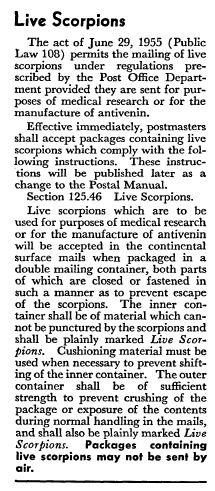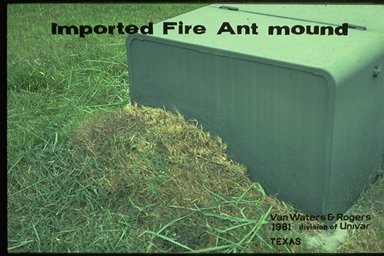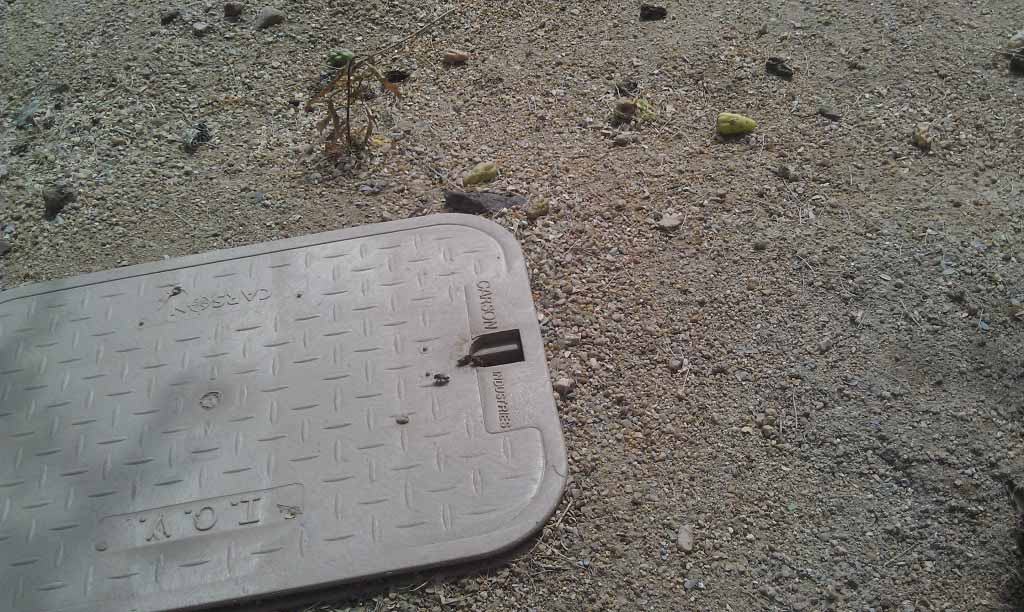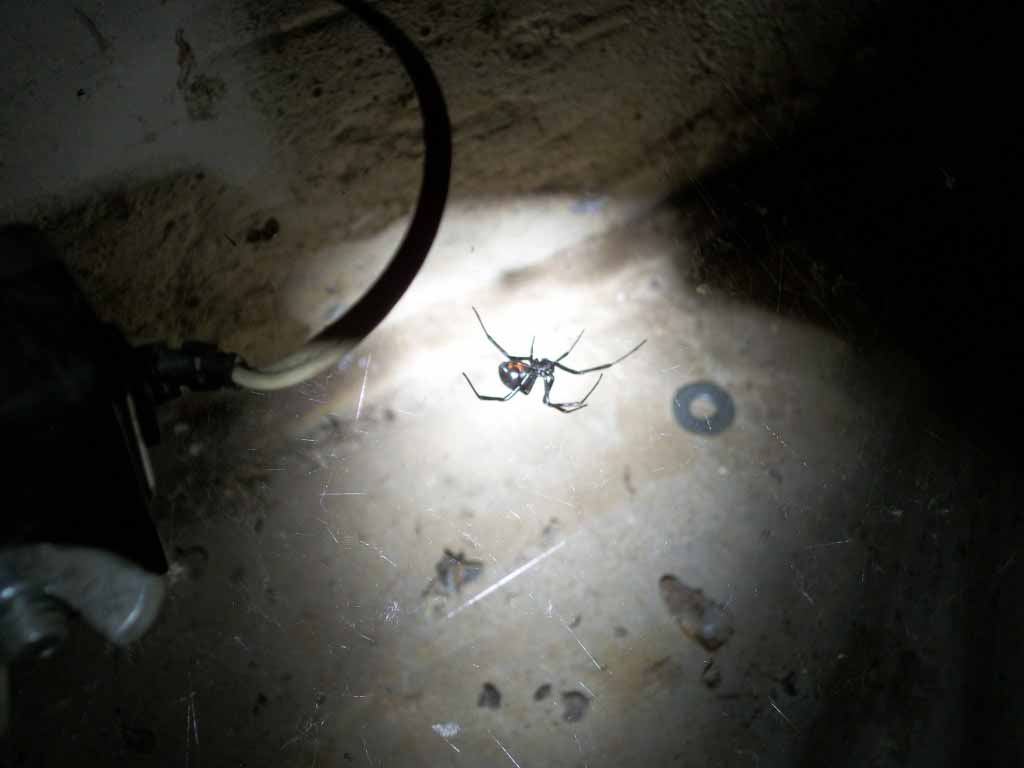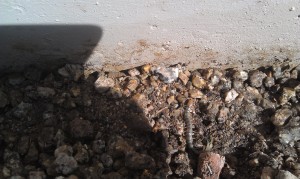I saw this on FaceBook and thought maybe just maybe if I shared this little saying – somebody would remember it and take care. So maybe print this off and save it someplace that you can see it often to remind yourself. Or better yet, “Don’t touch anything without knowing what it really is”.
So has anybody watched that show called “Snake Salvation” – “They shall take up Serpents” Mark 16: 17-18
I know your not ever to talk about Politics or Religion, Politics would it even matter – I don’t think we can do anything these days about it and Religion – we all have our beliefs. If you want to dance around with snakes who am I to say no, honestly I wouldn’t do it but hey that’s me. What I will do is come to your home or business and with a very long snake grabber, grab and take away the snake.
ProBest Pest Management •425 W. Guadalupe Road #110 • Gilbert, Arizona 85233 • 602-249-7378 or 623-414-0176
Don’t kill snakes they provide a valuable service by eating and keeping rodent populations in check.



